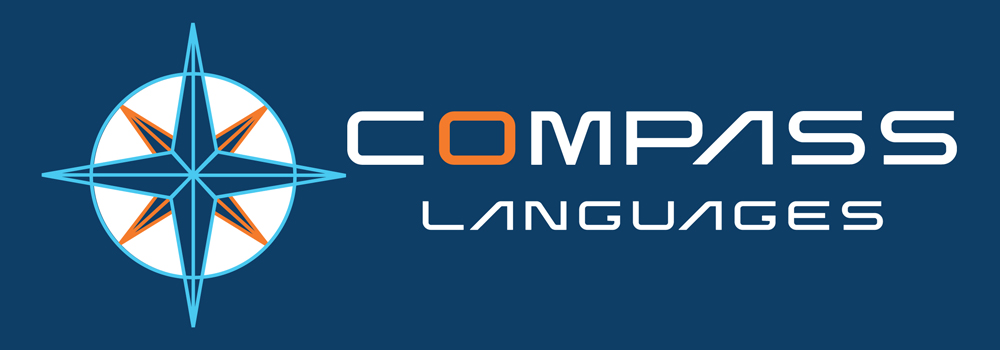Why LinkedIn Sold
Transforming Learning & Development is at the forefront of the growth.
If you own shares of LinkedIn, then this past week was a good week! Microsoft’s $26 billion all-cash buyout of LinkedIn stock was a 45% premium to the prevailing market price. Joining a chorus of a million of LinkedIn users, we wondered, “why so much, why now?” Certainly Microsoft pounced on a valuation opportunity. LinkedIn suffered a 40% single-day drop in stock value in early February of this year. Disappointing acquisitions and poor execution lead to missed earnings. Analysts and shareholders began questioning if LinkedIn had lost their way. Microsoft saw something else.
Within a day of the Microsoft buyout announcement, LinkedIn CEO Jeff Weiner responded to his employees, stakeholders, and doubters with a six point presentation. Yes, the first point was about the access to billions of customers that Microsoft brings. But, bullet point #2 is quite intriguing, “Accelerating our objective to transform learning and development …”. And in bullet point #5, Mr. Weiner reiterated in his focus on training by saying “expanding beyond recruiting and learning & development …”. Clearly the training and development of the world’s workforce, our planet’s human capital, is on the forefront of LinkedIn and Microsoft’s strategic and now joint plans.
Perhaps we can see LinkedIn from a different prospective. The Learning and Development industry is rapidly growing, now topping $164 billion in US corporate spend according to the Association of Talent Development (ASTD). At Compass Languages, we believe in the importance of this trend. At the end of 2015 we decided to aggressively pursue this industry in response to the many requests by our customers to assist in language localization of training products to their global workforces. Our expertise in localizing multi-media and eLearning courses into 20 of the world’s most prominent languages is now our primary engine for growth for the foreseeable future.
In Mr. Weiner’s letter to employees he also explains the source of his convictions for radical learning & development transformation. “Remember that dystopian view of the future in which technology displaces millions of people from their jobs? It’s happening.” Weiner is right, for years our society has turned a blind eye to the long-term consequence of replacing human capital with technology and automation. This trend IS accelerating. Yet, we at Compass Languages also see opportunity with related trends — an increasingly remote workforce; a rapidly growing workforce of non-English speakers; and a younger workforce accustom to on demand multi-media learning content.
An entrepreneur’s dream: a rapidly evolving marketplace involving billions of individuals. Microsoft and LinkedIn get it. The exponential rise of technology will cause increasing displacement of human capital. Turnover will be frequent and high. A labor force will need to be continually equipped with new skills and will be constantly seeking new employment opportunities. Compass Languages envisions this situation on a global scale and is preparing multilingual capabilities within corporate learning solutions as a result. Perhaps our common vision won’t attract a $26B investment, but we bask in the knowledge that our compass heading seems to be in the right direction.


